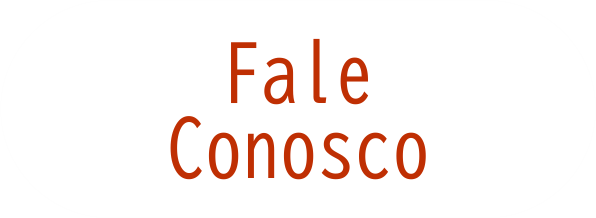Lipooligosaccharide of Campylobacter jejuni prevents myelin-specific enteral tolerance to autoimmune neuritis--a potential mechanism in Guillain-Barre syndrome?
Autor(es): Jung Stefan; Zimmer Sabine; Lüneberg Edeltraud; Frosch Matthias; Karch Helge; Korn Thomas; Toyka Klaus V.
Resumo: Campylobacter jejuni-induced enteritis is the most common infection preceding Guillain-Barre syndrome (GBS), an immune-mediated polyradiculoneuritis. The acute autoimmune attack is thought to be based on C. jejuni antigens which may mimick antigens of the peripheral nervous system. Additional pathomechanisms, like disturbance of natural T cell immunoregulation by C. jejuni, have not been evaluated so far. In experimental autoimmune neuritis (EAN), a T lymphocyte-mediated animal model of human GBS, tolerance to myelin-derived autoantigens can be induced by oral feeding of the respective antigen. Here we investigated whether the lipooligosaccharide (LOS) fraction of C. jejuni may directly alter immunologic tolerance through gastrointestinal pathways. While EAN, actively induced by immunization with bovine peripheral nerve myelin could be ameliorated by precedent feeding of myelin, feeding of C. jejuni LOS along with the myelin antigen not only prevented the tolerizing effects of oral myelin but even accelerated the onset of overt EAN and augmented the myelin-specific B cell response. These findings provide evidence that LOS of C. jejuni, as produced in the gut during C. jejuni-induced enteritis, can disturb natural tolerance to definite proteins which may be or may mimic peripheral nerve antigens. In human patients this may be one of the potential mechanisms to explain why C. jejuni enteritis is a common trigger of GBS.
Imprenta: Neuroscience Letters, v. 381, n. 1-2, p. 175-178, 2005
Identificador do Objeto Digital: 10.1016/j.neulet.2005.02.028
Descritores: Guillain-Barre Syndrome - Biosynthesis ; Guillain-Barre Syndrome - Cell ; Guillain-Barre Syndrome - Immune response ; Guillain-Barre Syndrome - Pathogenesis ; Guillain-Barre Syndrome - Proteins ; Guillain-Barre Syndrome - Immunology
Data de Publicação: 2005








